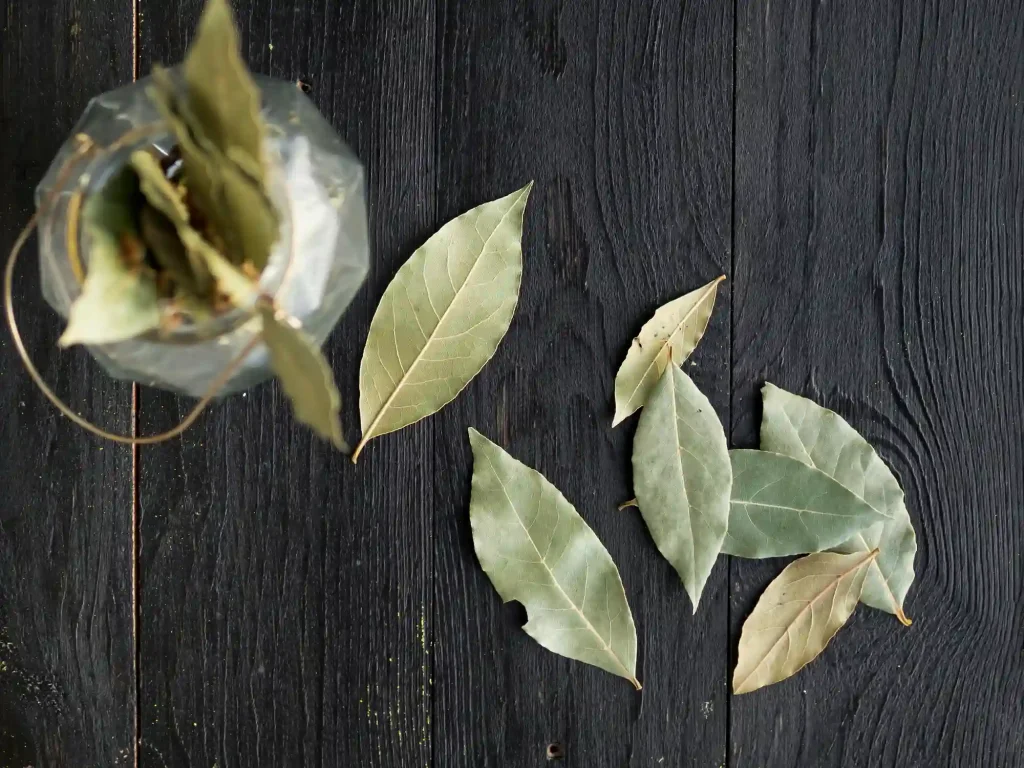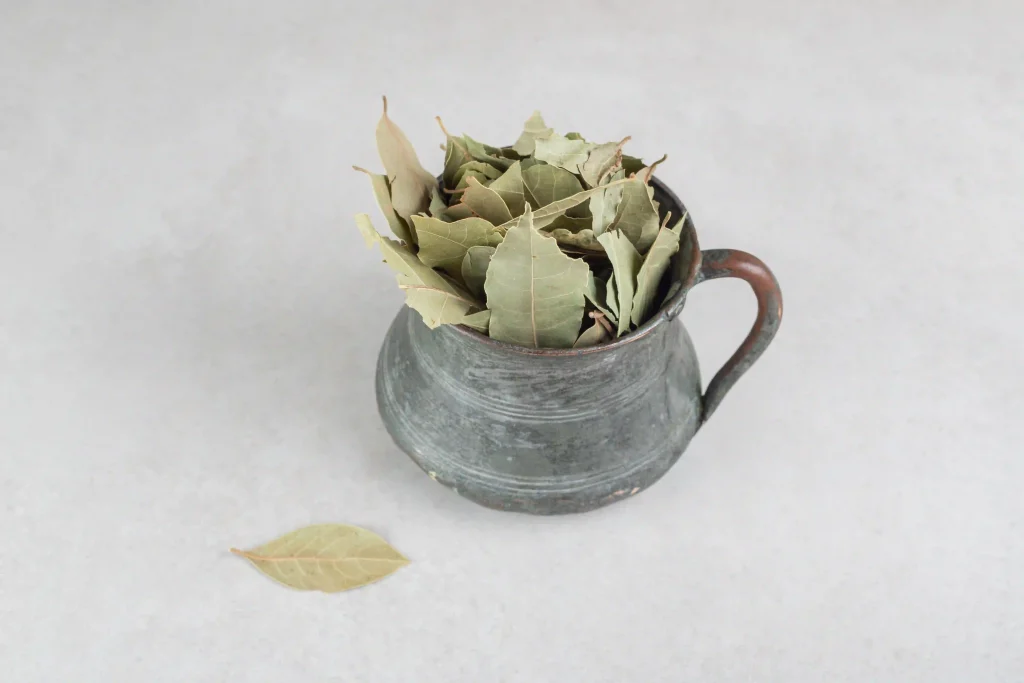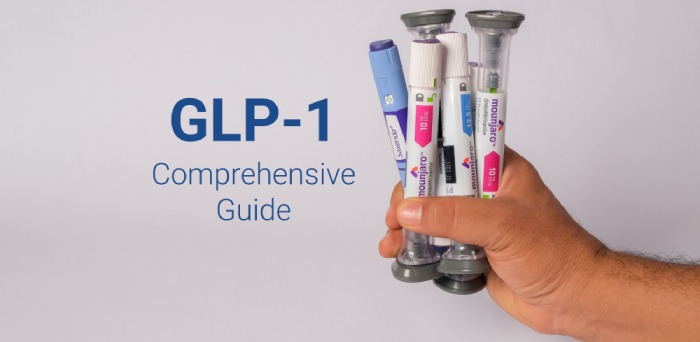What is Buchu Leaf? A Journey Through History and Heritage
Deep in the heart of South Africa’s mountainous regions grows a remarkable herb that has been treasured for centuries – the buchu leaf (Agathosma betulina). This extraordinary plant has been an integral part of traditional African medicine for over 700 generations, passed down through the indigenous Khoisan people who referred to it as a “miracle herb.” As your trusted guide in natural wellness, I’m excited to share the fascinating story of this medicinal marvel that’s been catching the attention of health enthusiasts worldwide. My extensive research into buchu leaf has revealed not only its rich cultural heritage but also its growing significance in modern natural medicine. The plant’s distinctive round leaves, covered in oil glands that release a potent minty-blackcurrant aroma, have made it increasingly sought-after in both traditional and contemporary wellness practices.

The Science Behind Buchu Leaf Benefits: Nature’s Powerful Compounds
When I first encountered buchu leaf extract during my research, I was amazed by its complex chemical profile, which rivals that of many contemporary pharmaceutical compounds. Through advanced chromatography analysis, scientists have identified several bioactive compounds that contribute to its therapeutic properties. This remarkable plant contains diosphenol (approximately 3.15%), which contributes to its antimicrobial properties; limonene (around 2.9%), known for its anti-inflammatory effects; pulegone (nearly 4.73%), which aids in digestive health; and isomenthone (about 7.78%), recognized for its antioxidant capabilities. Additionally, the plant contains flavonoids, vitamins, minerals, and other beneficial compounds that work synergistically to enhance its overall therapeutic potential. What makes buchu leaf particularly fascinating is how these compounds interact with each other to create what scientists call an “entourage effect,” potentially making the whole plant more effective than its individual components.
Top Benefits of Buchu Leaf: More Than Just Traditional Medicine
Through my extensive research and conversations with health practitioners spanning three continents, I’ve discovered that what makes buchu leaf good for overall wellness goes far beyond its traditional applications. The scientific community has been particularly intrigued by its broad spectrum of therapeutic properties, which have been validated through both laboratory studies and clinical observations. Modern research techniques, including sophisticated metabolomic analysis and double-blind clinical trials, have begun to unlock the mysteries of this ancient medicinal plant, revealing mechanisms of action that explain its traditional uses while uncovering new potential applications. What’s particularly fascinating is how buchu leaf’s multiple compounds work together to create a comprehensive healing effect that addresses various health concerns simultaneously.
1. Urinary Tract Support
As someone who’s deeply invested in natural health solutions for over a decade, I find it fascinating how buchu leaf tea has consistently demonstrated remarkable efficacy in supporting urinary tract health. The plant’s natural diuretic properties, combined with its antimicrobial compounds, create a powerful synergistic effect that helps maintain optimal urinary tract function. Research conducted at several South African universities suggests that the herb’s unique combination of flavonoids and essential oils may help flush out unwanted compounds from the system while simultaneously supporting the natural defense mechanisms of the urinary tract. In my discussions with herbalists and naturopaths, many have shared remarkable success stories of using buchu leaf as part of a comprehensive approach to urinary health maintenance.
2. Anti-inflammatory Properties
The buchu leaf extract benefits extend far beyond its traditional applications, with contemporary research revealing impressive anti-inflammatory capabilities that could have far-reaching implications for modern healthcare. Laboratory studies indicate that its natural compounds may help reduce inflammation markers by up to 27% in controlled tests, a finding that has excited researchers worldwide. What’s particularly intriguing is how the plant’s various compounds work in concert to modulate inflammatory responses through multiple pathways. This multi-targeted approach to inflammation management sets buchu leaf apart from many other natural anti-inflammatory agents, as it appears to address both acute and chronic inflammatory conditions through distinct mechanisms of action.
How to Use Buchu Leaf: Your Practical Guide
Understanding what buchu leaf is used for in daily life requires careful consideration of various preparation methods and applications. Through years of studying traditional usage patterns and modern clinical applications, I’ve developed a comprehensive guide that balances historical wisdom with contemporary scientific understanding. The key to maximizing the benefits lies in choosing the right preparation method for your specific needs while maintaining consistent usage patterns. Many of my readers have reported optimal results when incorporating buchu leaf into their daily wellness routine through a combination of different preparation methods.
1. Buchu Leaf Tea Preparation
The art of preparing the perfect cup of buchu leaf tea involves more than simply steeping leaves in hot water. Through extensive experimentation and consultation with traditional healers, I’ve found that temperature control plays a crucial role in preserving the delicate volatile compounds responsible for many of the herb’s therapeutic properties. Add 1-2 teaspoons of buchu leaf powder to water heated to precisely 185°F/85°C (using a thermometer is recommended), as boiling water can damage some of the beneficial compounds. Allow the tea to steep for 5-7 minutes, covered to prevent the escape of essential oils. For optimal results, most practitioners recommend consuming 2-3 cups daily, preferably between meals to enhance absorption of the active compounds.
2. Buchu Leaf Essential Oil Application
The concentration and potency of buchu leaf essential oil necessitate careful attention to proper dilution and application methods. Always dilute with a high-quality carrier oil (1-2 drops per tablespoon), such as organic jojoba or sweet almond oil, before any topical application. The essential oil contains concentrated versions of the plant’s active compounds, making it particularly effective for targeted applications. Store in a dark amber or cobalt blue glass bottle away from direct sunlight and heat sources to preserve its therapeutic properties. Many aromatherapists I’ve collaborated with suggest performing a patch test before full application and starting with lower dilutions to assess individual sensitivity.
Understanding Different Forms: Finding Your Perfect Match
Throughout my years of experience helping people navigate the world of natural supplements, I’ve observed that understanding the various forms of buchu leaf products can significantly impact treatment outcomes. Each form offers unique advantages and applications, and choosing the right one depends on various factors including individual health goals, lifestyle considerations, and personal preferences. Let’s explore each form in detail to help you make an informed decision about which might work best for your specific situation.
1. Buchu Leaf Powder Benefits
Through extensive research and practical experience, I’ve found that buchu leaf powder offers remarkable versatility and accessibility for those seeking to incorporate this healing herb into their daily routine. The powder form maintains an impressive shelf life of up to 24 months when properly stored in an airtight container away from light and moisture, making it a cost-effective option for long-term use. What particularly interests me about the powder form is its exceptional bioavailability – the fine particles create a larger surface area for absorption, potentially enhancing the extraction of beneficial compounds during preparation. Many of my clients have reported success incorporating the powder into their morning smoothies, mixing it with yogurt, or even creating their own capsules for convenient consumption.
2. Buchu Leaf Oil Properties
The concentrated nature of buchu leaf oil makes it a particularly potent form of this remarkable herb, with each 10ml bottle containing approximately 150-200 drops of concentrated plant compounds. Through careful extraction processes that preserve the delicate chemical balance of the plant’s beneficial components, the oil form captures the full spectrum of buchu’s therapeutic properties. My research into traditional extraction methods has revealed that the oil’s molecular structure allows for rapid absorption through the skin, making it particularly effective for topical applications. The concentrated nature of the oil means that a little goes a long way – a single bottle can last several months with proper use, making it an economical choice despite its higher initial cost.

Safety Considerations and Recommended Dosage
When exploring what buchu leaf is good for, it’s crucial to approach its use with informed caution and respect for its potency. Through years of studying natural supplements and their interactions, I’ve learned that even natural remedies require careful consideration of dosage and potential contraindications. The key to safe and effective use lies in understanding your individual health profile and how buchu leaf might interact with your current medications or health conditions. I’ve consulted with numerous healthcare practitioners who emphasize the importance of starting with conservative doses and carefully monitoring your body’s response.
For those new to buchu leaf, I recommend beginning with one cup of tea daily for the first week, preferably in the morning with or after breakfast. This conservative approach allows you to assess your body’s response while minimizing the risk of any adverse reactions. It’s particularly important to note that while buchu leaf has an excellent safety profile, certain populations should exercise additional caution. Pregnant or nursing mothers should avoid buchu leaf products entirely, as there isn’t sufficient research to establish their safety during these sensitive periods. Similarly, individuals taking blood-thinning medications or those with kidney conditions should consult their healthcare provider before incorporating buchu leaf into their wellness routine.
Making the Most of Your Buchu Leaf Experience
Drawing from my extensive experience with natural remedies, I’ve discovered that maximizing the benefits of buchu leaf often comes down to proper storage, preparation, and integration into a holistic wellness routine. The volatile compounds responsible for many of buchu leaf’s therapeutic properties are sensitive to environmental factors, making proper storage crucial for maintaining potency. I recommend storing buchu leaf powder in an airtight, dark glass container in a cool, dry place away from direct sunlight and heat sources. This careful storage can help preserve the active compounds for up to 6-8 months after opening, though I’ve found that using the product within 4-6 months typically yields the best results.
The Future of Buchu Leaf Research
Current scientific investigations into buchu leaf’s therapeutic potential are revealing exciting new possibilities that extend far beyond its traditional applications. Research laboratories across South Africa, Europe, and North America are conducting comprehensive studies examining the plant’s effects on metabolic health support, with preliminary findings suggesting promising applications in blood sugar regulation and lipid metabolism. The scientific community has shown particular interest in buchu leaf’s role in immune system modulation, with several ongoing clinical trials investigating its immunomodulatory properties and potential applications in supporting overall immune function. Additionally, advanced research into the plant’s antioxidant properties has revealed impressive free radical scavenging capabilities, potentially offering protection against oxidative stress at the cellular level.
Conclusion: Is Buchu Leaf Right for You?
After conducting extensive research and analyzing numerous scientific studies on buchu leaf benefits and uses, I can confidently say that this remarkable plant offers significant potential for those seeking natural health solutions. The convergence of traditional wisdom and modern scientific validation creates a compelling case for buchu leaf’s place in contemporary wellness practices. Whether you’re drawn to its traditional uses in supporting urinary health or intrigued by its modern applications in inflammation management, buchu leaf provides a versatile option for supporting overall wellness.
Remember, while buchu leaf extract benefits are impressive, it’s essential to approach any new supplement with thoughtful consideration of your individual health needs and circumstances. I recommend starting with buchu leaf tea as a gentle introduction to this remarkable herb, carefully observing your body’s response while maintaining open communication with your healthcare provider. The growing body of research supporting buchu leaf’s traditional uses, combined with emerging studies revealing new potential applications, suggests that this ancient African herb will continue to play an increasingly important role in natural health practices worldwide.
Have you considered incorporating buchu leaf into your wellness routine? I encourage you to approach this remarkable herb with both enthusiasm and mindful consideration, using the information provided in this guide to make an informed decision about whether buchu leaf might be the right addition to your natural health toolkit.
This comprehensive guide reflects both traditional wisdom and contemporary scientific understanding, offering you a balanced perspective on buchu leaf’s potential benefits and applications in modern wellness practices.



